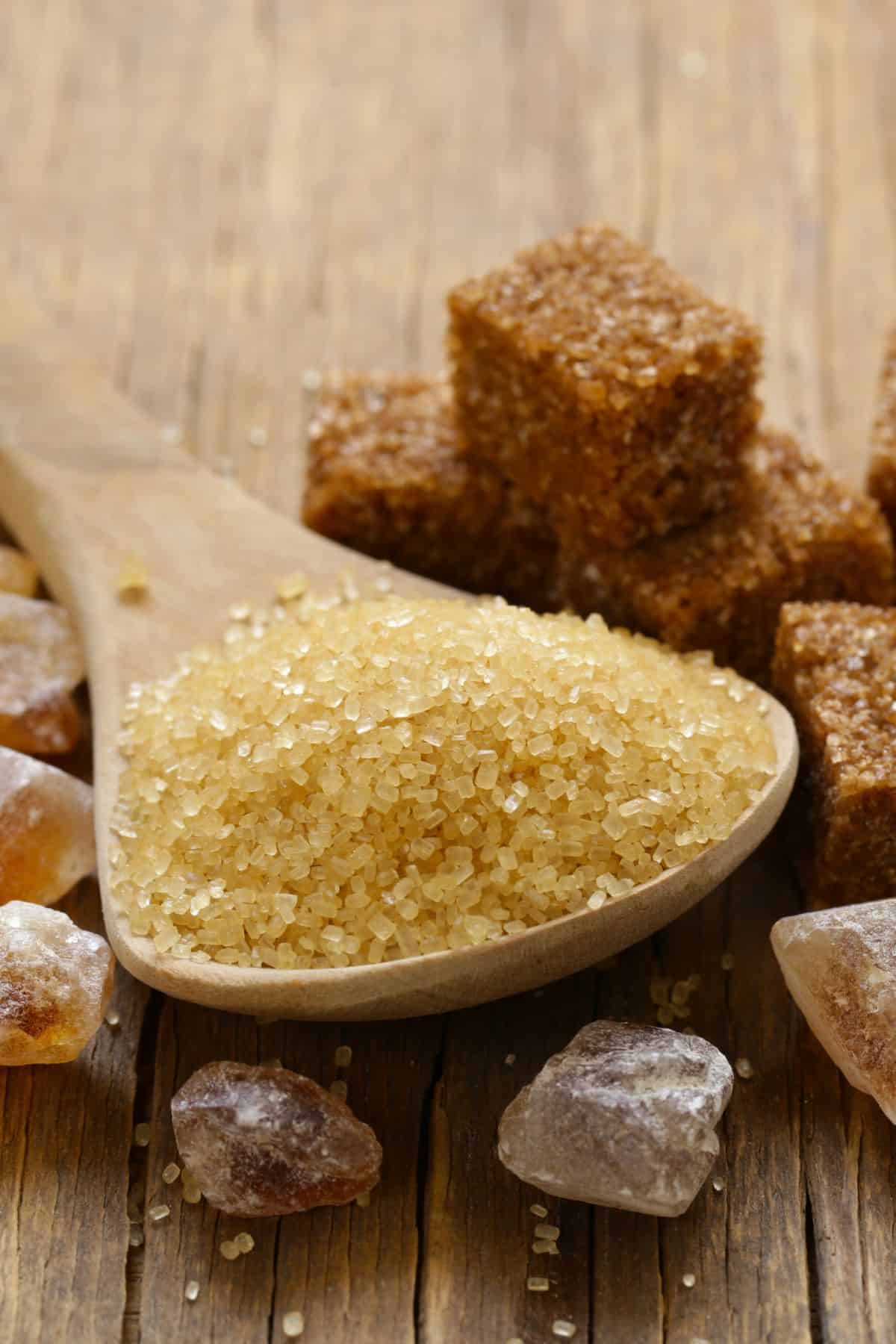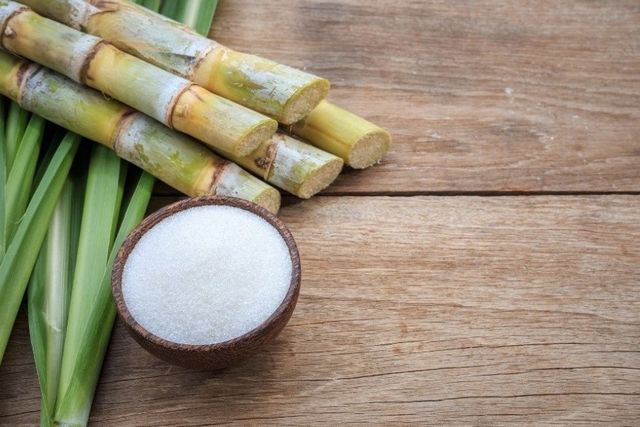Cane Sugar Processing: Secret Technologies for Superior Sugar Manufacturing
Cane Sugar Processing: Secret Technologies for Superior Sugar Manufacturing
Blog Article
An In-Depth Overview to the Environmental Impact and Sustainability Practices in Walking Cane Sugar Processing
The ecological influence of cane sugar handling offers a complicated selection of difficulties that warrant mindful exam. From soil destruction and too much water usage to the carbon impact linked with growing and manufacturing, the consequences of conventional techniques are far-reaching. In comparison, the adoption of cutting-edge sustainability steps uses a pathway toward more responsible manufacturing approaches. Recognizing the interplay between these problems is vital for stakeholders in the sector. What details practices can be executed to strike an equilibrium in between productivity and environmental stewardship? The responses exist in a more detailed consider both the difficulties and possible solutions.
Summary of Cane Sugar Processing
Walking cane sugar handling includes a collection of systematic steps that transform sugarcane into refined sugar. Originally, harvested sugarcane is transported to refining facilities, where it goes through cleaning to remove dirt and particles. Following this, the cane is crushed to draw out juice, which is after that made clear by removing impurities via heating and the addition of lime.
The clarified juice goes through evaporation, where water is removed to concentrate the sugar content. This focused syrup is after that taken shape with air conditioning, enabling sugar crystals to develop. These crystals are divided from the staying syrup using centrifugation, causing raw sugar. To achieve refined sugar, the raw item undergoes further purification procedures, which might consist of filtering system and cleaning to get rid of continuing to be pollutants and color.
The final product is then dried and packaged for circulation. Throughout this entire procedure, preserving effectiveness and quality control is crucial to make certain the sugar satisfies sector criteria. Each action in cane sugar handling not only adds to the end product but additionally has implications for resource use and waste generation, establishing the phase for discussions on sustainability and environmental influences related to sugar production.
Ecological Challenges of Manufacturing
The manufacturing of walking stick sugar offers a number of significant environmental obstacles that warrant focus. One primary problem is the substantial usage of agrochemicals, including plant foods and chemicals, which can cause dirt deterioration, biodiversity loss, and contamination of regional water sources. The runoff from sugarcane fields frequently brings these chemicals into neighboring environments, disrupting marine life and affecting the health of communities reliant on these water bodies.
Another difficulty is the high energy usage related to sugarcane handling. The boiling and refining phases need considerable warm, mostly created by burning nonrenewable fuel sources, contributing to greenhouse gas discharges. Additionally, the extensive land location required for sugarcane cultivation can cause deforestation and environment destruction, additional worsening environment modification and threatening wild animals.
In addition, the labor practices in some areas raise honest concerns, as employees might deal with inadequate working conditions and poor incomes. This situation commonly bolsters a cycle of poverty in regional areas. Cane Sugar Processing. Dealing with these environmental obstacles is important for developing much more sustainable techniques in walking stick sugar manufacturing, ultimately benefiting both the setting and the communities associated with this market
Water and Land Use Effect
Water resources and land application are crucial parts in the walking cane sugar industry that substantially impact the environment. The farming of sugarcane needs considerable water input, with price quotes suggesting that it can take in up to 2,000 liters of water per kilo of sugar generated. This intensive usage of water frequently brings about exhaustion of neighborhood water sources, influencing not just the sugarcane plantations however likewise bordering ecological communities and communities that rely upon the same water sources for farming and domestic usage.

Moreover, land use for sugarcane growing can bring about deforestation and the conversion of all-natural environments into monoculture ranches. This technique reduces biodiversity, interrupts neighborhood ecological communities, and contributes to soil destruction. The development of sugarcane areas often encroaches on useful farming land, creating competition for sources in between food and biofuel manufacturing.
Lasting methods, such as enhancing irrigation techniques and implementing plant turning, are necessary to reduce these influences. By embracing much more efficient water usage and land administration techniques, the walking cane sugar sector can minimize its environmental footprint, making sure an equilibrium in between agricultural productivity and ecological preservation.
Greenhouse Gas Emissions
Greenhouse gas exhausts represent a substantial environmental problem within the cane sugar handling market, particularly as farming practices increase to satisfy worldwide need. The cultivation of sugarcane, a crop that grows in exotic environments, depends heavily on synthetic plant foods and pesticides, which contribute to laughing gas exhausts. Additionally, land-use adjustments, consisting of deforestation for new sugarcane ranches, launch carbon dioxide kept in plants and dirt.
During processing, power usage is an additional major source of greenhouse gas exhausts - Cane Sugar Processing. Several sugar mills make use of nonrenewable fuel sources to power equipment and create warmth, leading to significant carbon impacts. In addition, the transportation of raw sugarcane and finished products includes layers of discharges through gas combustion in vehicles
The cumulative effect of these exhausts aggravates climate change, presenting risks not only to the setting however additionally to the long-term stability of the market. Stakeholders should acknowledge the immediate demand for extensive strategies that resolve these discharges. This includes reviewing present agricultural methods, refining methods, and transport systems to determine areas for improvement and mitigation. Dealing with greenhouse gas discharges is necessary for fostering a much more sustainable walking stick sugar sector in an altering environment.

Lasting Practices and Innovations
Sustainable techniques and advancements are significantly important in the walking stick sugar handling industry as stakeholders seek to decrease ecological impacts while keeping productivity. One significant look here development is the application of incorporated plant monitoring, which maximizes resource usage by incorporating dirt administration, insect control, and plant turning methods. This strategy improves return while lessening chemical inputs and preserving dirt health and wellness.
Moreover, the fostering of renewable resource sources, such as biomass from sugarcane deposits, has actually acquired grip - Cane Sugar Processing. By transforming waste items into power, processing facilities can reduce their dependence on nonrenewable fuel sources, thereby decreasing greenhouse gas discharges
Water monitoring methods have actually also seen improvements via the recycling and reusing of water in processing plants, significantly minimizing freshwater usage. Developments in technology, such as accuracy agriculture, make it possible for farmers to check crop health and wellness and resource usage better, making certain sustainable cultivation practices.
Additionally, certification programs like Fair Profession and Rainforest Alliance urge eco liable farming techniques and advertise social equity within the supply chain. By welcoming these lasting reference practices and innovations, the walking stick sugar handling sector can enhance its strength and contribute favorably to ecological stewardship.
Final Thought
The environmental impact of cane sugar handling offers considerable difficulties, consisting of soil destruction, high water usage, and greenhouse gas discharges, along with ethical issues associated with labor methods. Attending to these issues with lasting practices, such as incorporated crop administration, renewable resource fostering, and water recycling, is important. By advertising socially equitable and eco liable approaches in sugar manufacturing, the industry can reduce its negative effects, ensuring an extra sustainable future for both ecosystems and neighborhoods associated with this market.
Walking cane sugar processing includes a series of systematic actions that transform sugarcane into refined sugar. Each action in walking cane sugar processing not just contributes to the last item yet also has ramifications for source usage and waste generation, setting the phase for discussions on sustainability and ecological effects linked with sugar manufacturing.
Greenhouse gas discharges represent a substantial ecological concern within the cane sugar Learn More processing market, particularly as agricultural practices increase to satisfy global demand.Lasting techniques and advancements are progressively essential in the walking stick sugar processing sector as stakeholders look for to minimize ecological influences while maintaining productivity.The environmental impact of walking cane sugar processing offers substantial challenges, including soil deterioration, high water intake, and greenhouse gas exhausts, along with moral concerns connected to labor practices.
Report this page